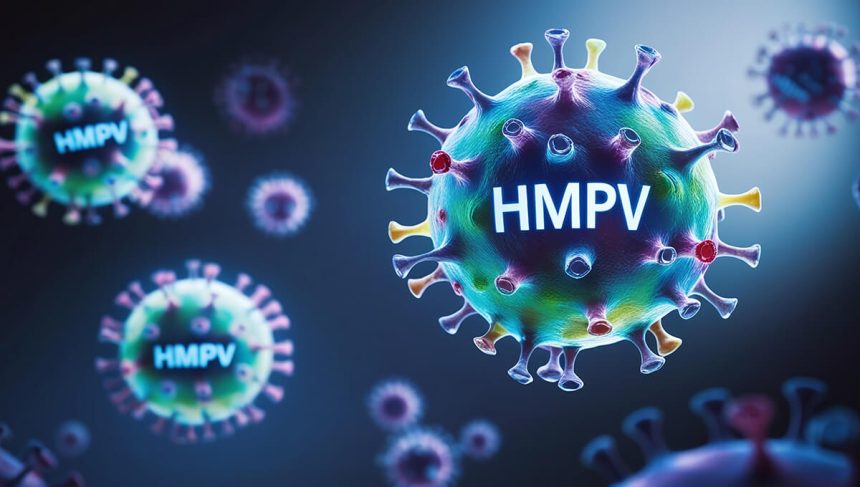Overview of HMPV
Human Metapneumovirus (HMPV) is a respiratory virus identified in the Netherlands in 2001. Part of the Pneumoviridae family, along with Respiratory Syncytial Virus (RSV), HMPV is one of the viruses causing the common cold. Although it typically results in mild symptoms such as cough, fever, and nasal congestion, it can cause severe illness in vulnerable groups, including young children, older adults, and those with weakened immune systems.
Symptoms and Transmission
HMPV spreads through direct contact between people or by touching contaminated surfaces. The virus can be transmitted via respiratory droplets when an infected person coughs or sneezes. People can also catch the virus by touching objects or surfaces contaminated with the virus and then touching their eyes, nose, or mouth. Symptoms are often indistinguishable from the flu, including cough, fever, sore throat, runny or stuffy nose, body aches, and headache. In severe cases, it can lead to pneumonia or bronchitis, causing wheezing, difficulty breathing, chest pain, and severe fatigue.
Recent Surge in China
Recently, China has seen a significant surge in HMPV cases, particularly in northern regions during the winter months. This increase is attributed to the virus’s typical seasonal activity, thriving in colder temperatures and spreading more easily when people spend more time indoors. Despite fears of a pandemic similar to COVID-19, health experts emphasize that this surge is a seasonal spike and not indicative of a new pandemic.

Images of overcrowded hospitals have raised concerns, but health officials assure that the healthcare system in China is not overwhelmed. The rise in cases aligns with normal seasonal trends, and the World Health Organization (WHO) has not reported any unusual outbreak patterns related to HMPV.
Global Spread and Monitoring
HMPV is found worldwide but is not extensively monitored or reported in many countries. In temperate regions, it primarily spreads in late winter and spring, similar to other respiratory viruses like seasonal flu and RSV. However, it continues to cause illness throughout the year at lower levels. Studies indicate that nearly every child will have at least one HMPV infection by their fifth birthday, and people may experience multiple reinfections throughout their lives.
Comparison with COVID-19
While HMPV and COVID-19 both affect the respiratory system, their global impacts differ significantly. HMPV has been present for many years and generally causes less severe illness. Most people have some immunity due to previous exposures. In contrast, COVID-19, caused by the novel SARS-CoV-2 virus, led to a global pandemic with widespread health, economic, and social disruptions. COVID-19 has a higher mortality rate and necessitated the development of vaccines to control its spread.
Preventive Measures
- To prevent the spread of HMPV and other respiratory illnesses, health officials recommend:
- Wearing masks in crowded or poorly ventilated spaces
- Improving ventilation where possible
- Regularly washing hands with soap and water or using an alcohol-based hand rub
- Avoiding touching eyes, nose, or mouth without cleaning hands first
- Staying home if feeling unwell
- Covering nose and mouth with a tissue or bent elbow when coughing or sneezing
- Cleaning frequently touched surfaces regularly
Treatment and Management
There is currently no vaccine for HMPV, and no specific antiviral treatment exists. Most people recover with over-the-counter medicines for pain, fever, stuffy nose, and cough, along with plenty of rest and hydration. In severe cases requiring hospitalization, doctors may provide extra oxygen to help with recovery. A polymerase chain reaction (PCR) test is the most reliable way to diagnose HMPV, giving accurate results within a few hours.
Conclusion
While the recent surge in HMPV cases in China has raised concerns, it is essential to understand that HMPV is not a new virus, and its seasonal increase is normal. By maintaining good hygiene practices and being vigilant, the public can help reduce the spread of HMPV and protect vulnerable populations. Understanding HMPV and other respiratory viruses is crucial for protecting public health and preventing future outbreaks.









